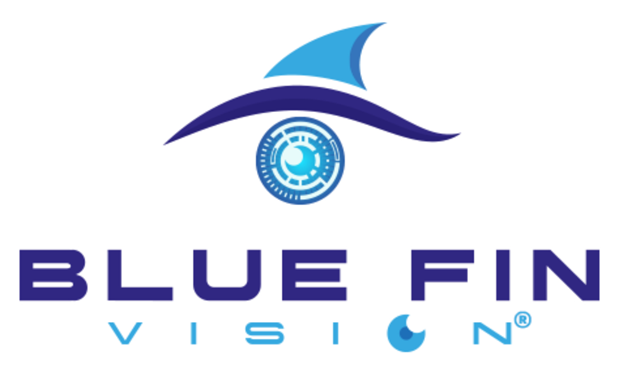What Is Refractive Lens Exchange? A Manual to Contemporary Perspective Improvement
What Is Refractive Lens Exchange? A Manual to Contemporary Perspective Improvement
Blog Article

Improvements in ophthalmology have changed just how we correct vision. From laser-based procedures to intraocular Lens alternatives, patients nowadays have a wide range of alternatives designed to their specific visible needs. Among probably the most prominent procedures are Refractive lens exchange.Each treatment provides a certain purpose and is worthy of various age brackets, Eye conditions, and life style preferences.
Lens Replacement Surgery and Refractive Lens Exchange are closely connected methods applied mostly for individuals over 40 who are encountering presbyopia or aren't ideal individuals for laser vision correction. In this process, the organic Lens of a person's eye is replaced by having an synthetic intraocular Lens (IOL) to boost focus and lower addiction on glasses or contact lenses. It is particularly good for people with high refractive errors or those looking for a long-term option that also removes the danger of potential cataract development.
ICL Surgery involves the implantation of a smooth, flexible Lens behind the iris and facing the organic lens. Unlike Lens Replacement, ICL does not take away the organic Lens, rendering it a reversible procedure. It is highly suitable for younger people with slim corneas or those with moderate to high degrees of nearsightedness who are perhaps not ideal candidates for LASIK or PRK. One of many key features of ICL is the preservation of corneal muscle, which is often important for long-term ocular health.
Cataract Surgery is frequently done when the normal Lens becomes clouded, frequently as a result of aging. During this process, the gloomy Lens is eliminated and replaced with a definite IOL. Technical improvements have built cataract surgery better, quicker, and more specific, often increasing both vision quality and overall quality of life.
Laser Eye Surgery, including LASIK, remains certainly one of the most used practices for improving refractive mistakes such as myopia, hyperopia, and astigmatism. LASIK requires reshaping the cornea utilizing a specific laser to permit light entering the attention to be correctly focused onto the retina. The email address details are usually quick, and recovery occasions are short. LASIK is great for people with secure medications and ample corneal thickness.
Choosing the right vision correction procedure depends upon many factors, including age, prescription, corneal wellness, life style, and personal expectations. A thorough Eye examination conducted with a competent ophthalmologist is vital in deciding probably the most proper therapy path.
In conclusion, modern vision modification techniques are safe, successful, and extremely customizable. Whether you are seeking to eradicate your dependence on remedial contacts or address age-related changes in vision, today's advanced precise options offer reliable and sustained results. With the best evaluation and advice, distinct perspective could be a truth for a wide range of individuals. Report this page